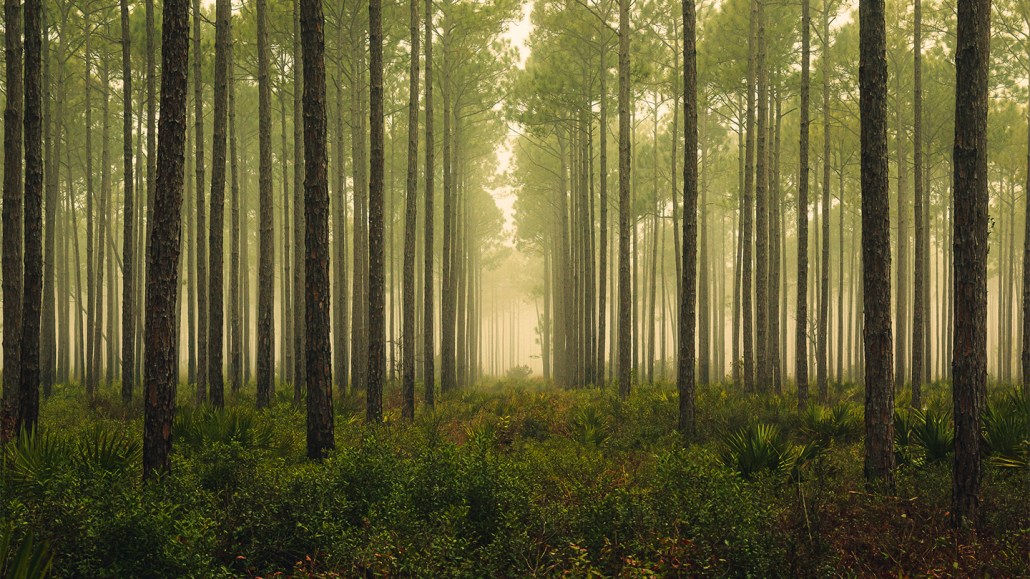Forests might serve as enormous neutrino detectors
To detect ultra-high energy neutrinos, scientists need huge detectors. Swaths of trees could help

Forests could be used to detect neutrinos, one scientist proposes. The trees could pick up radio waves produced as a result of interactions of the subatomic particles inside Earth.
Kevin Skipworth/500px/Getty Images